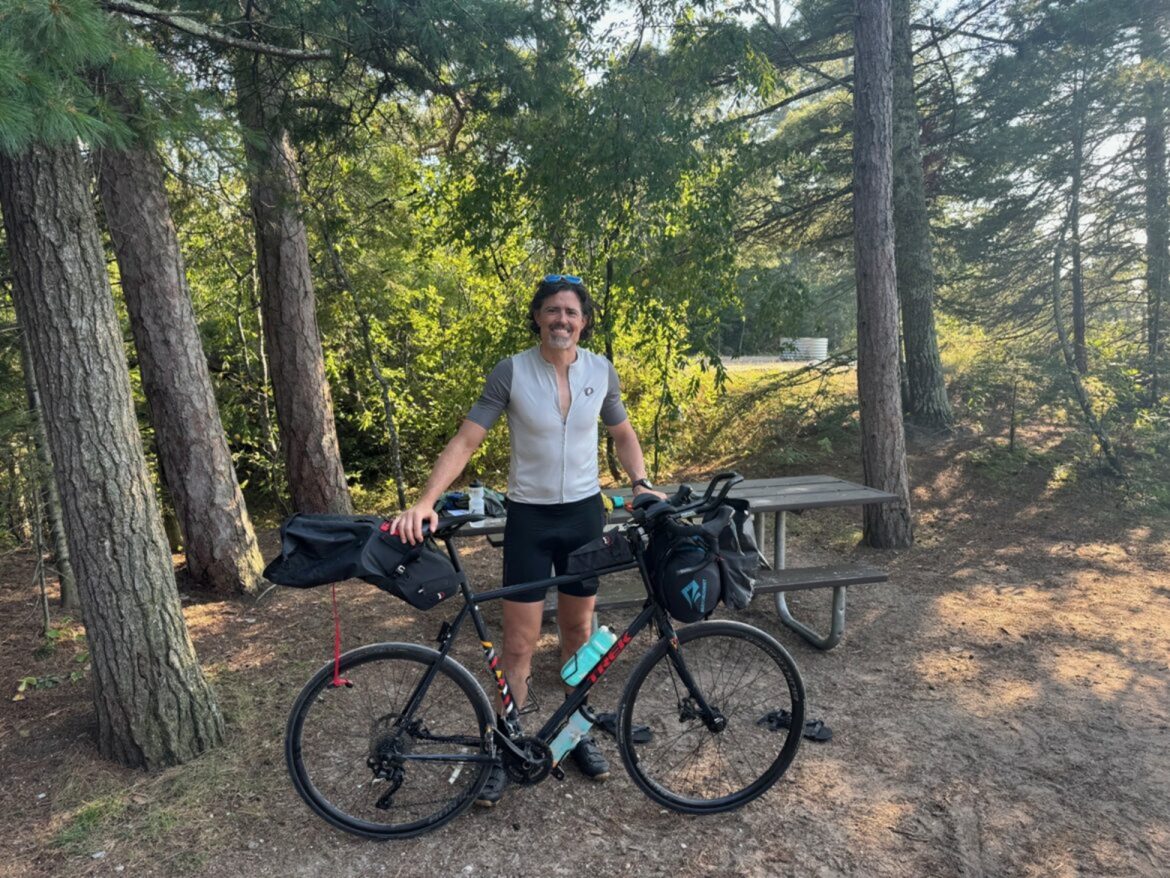Waste
Michigan court clears South Haven in beach drowning suit
|
By Eric Freedman
The Michigan Court of Appeals has cleared the city of South Haven of liability in the 2020 drowning of an 18-year-old swimmer at a public beach on the Lake Michigan coast.









